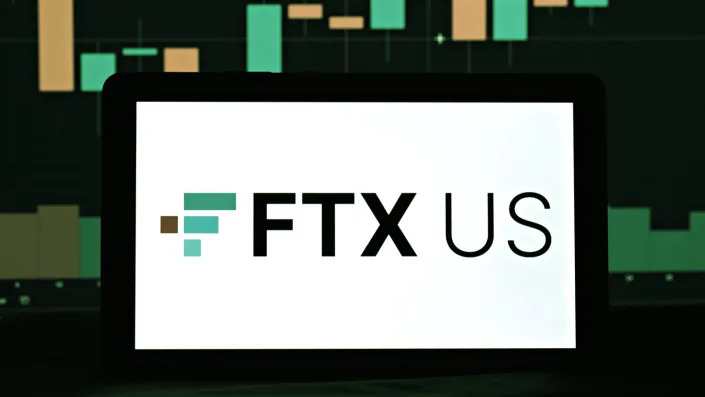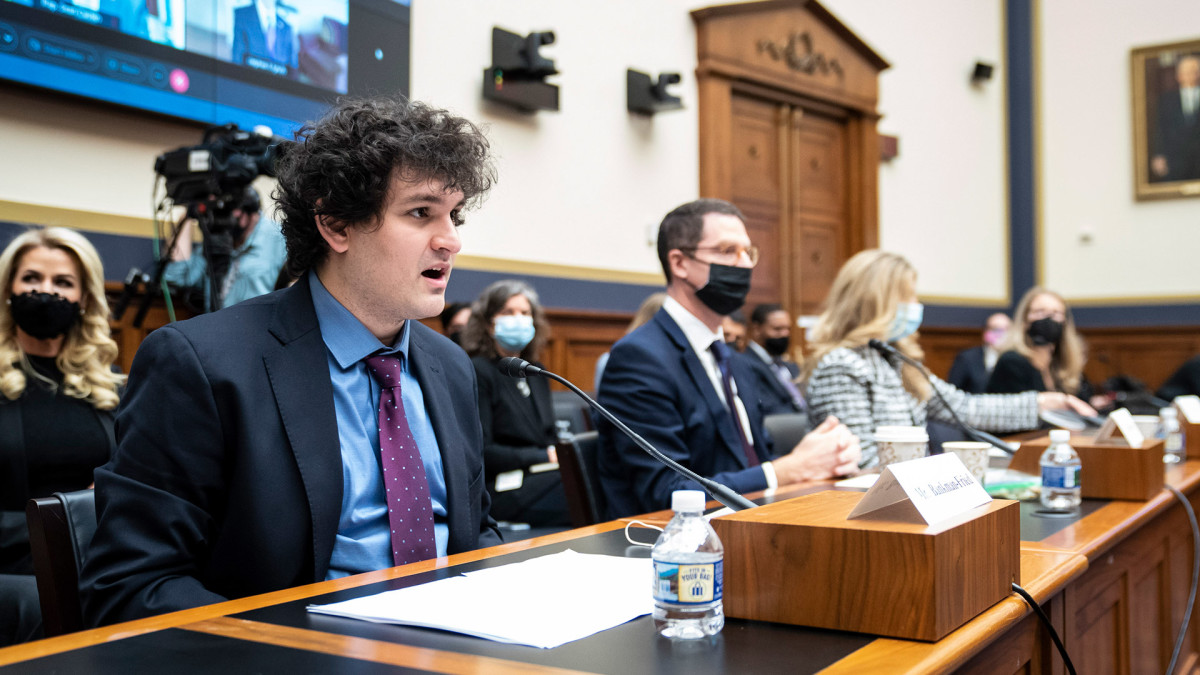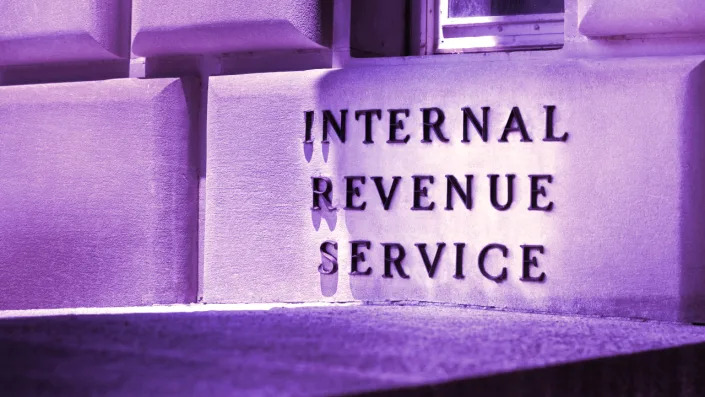SO ARE CANADIANS;BYPASSING U$A
Americans are flocking to Mexico – a trend ignored during Biden's immigration-focused visit
MEXICO CITY – For more than a decade, Marcos Del Rosario Santiago has lived in la Roma — at the time an up and coming neighborhood in the west side of Mexico City.
But Del Rosario has seen a shift in his neighborhood. More Airbnbs are popping up after those living in apartments, some who have had to already have three or four roommates, could no longer afford to live there. At his local panadería, where he often orders a coffee and pan dulce, he used to only hear people order in Spanish, even if they were not Mexican. Now, he said he’s seeing and hearing more foreigners order in English.
“Some of them don't even try to speak in Spanish,” he said.
While many Mexicans are increasingly concerned about gentrification brought on by the influx of Americans that relocated to "el D.F." as the capital used to be called, Del Rosario, believes having new neighbors isn't necessarily a bad thing.
“Diversidad.” The singular word Del Rosario used to describe the impact of this new phenomenon. And the rising rent and food costs? Well that’s just the price to pay for progress, he said.
Less than five miles from Del Rosario's neighborhood, President Joe Biden met with Mexican President Andrés Manuel López Obrador this past week to discuss how to stop large swaths of migrants from coming to the United States illegally.
“We’re working together to address this challenge in a way that upholds our nations’ laws and protects the human rights of migrants facing desperate circumstances,” Biden said at Tuesday’s press conference at the National Palace in Mexico City.
While immigration rhetoric in the U.S. has focused on sending migrants back to Mexico, another burgeoning phenomenon remains largely ignored: Americans migrating to Mexico.
In the last decade, Mexico has become the top nation for U.S. Americans to move to — a trend that ramped up during the pandemic. There are now a record number of U.S. Americans becoming temporary residents in Mexico as of 2022.
According to an analysis from Bloomberg, there was an 85% increase between 2019 and 2022 in the number of Americans becoming temporary residents in Mexico.
Americans are also choosing to move to Mexico because of the easy process compared to other countries.
A majority of the expats flocking south work for U.S. based companies, earn U.S. dollars and can take advantage of a favorable exchange rate and don't need to go through the cumbersome process of requesting a visa if they plan on staying there for 180 days or less.
Some neighborhoods in Mexico City, such as Roma, La Condesa and Coyoacán, are beginning to mirror gentrified areas in the U.S. like East Austin, Texas, Brooklyn, and Miami’s Wynwood district.
In a cafe called Ojo de Agua — a Mexico City chain that is now opening locations in the U. S., like in Miami’s Brickell region — located in the La Condesa neighborhood, American top-40 pop songs blared over the speakers.
A group of people speaking English found their way to the cafe, after initially walking past it. They took a seat at a long table that could fit their group of ten. Immediately, a worker, one who spoke to them in English, came over to greet the patrons. She explained the concept of the eatery, saying they must go to the register to order.
But as the group of U.S. nationals was settling into the cafe, a Spanish speaking couple seated at a table on the sidewalk had just got their order of an agua de fresa and smoothie bowl, enjoying the breezy 60-something degree weather.
A mariachi band stopped by to serenade the couple. At the same time, Demi Lovato’s '‘Cool for the Summer’' blasted throughout the cafe — competing with the mariachi’s melody.
Migration of U.S. citizens to Mexico isn’t new, said Ariel G. Ruiz Soto, a policy analyst at the Migration Policy Institute, a think tank focused on immigration policy.
What is new is the demographic of Americans moving to Mexico.
“More U.S. citizens, usually understood to be digital nomads, have been able to work from Mexico, get paid in U.S. dollars by their U.S. based companies and have better life conditions,” Ruiz Soto said. The number of remote U.S. workers is only a couple of thousand in comparison to the more than millions who live in the city.
Ruiz Soto added that Mexico and Mexico City officials are not deterred by the rise in “digital nomads,” noting that the country relies heavily on tourism.
In fact, Mexico City Mayor Claudia Sheinbaum last October partnered with Airbnb to increase the number of remote workers to come to the city. At the time, Sheinbaum dismissed concerns of rising rent prices, saying those who were coming were moving to areas where rent was already high.
But some of the backlash among locals with the rise of U.S. remote workers is based on social perception and perceived fears over the budding group of citizens moving to the country, Ruiz Soto said.
In the past, when U.S. tourists would come to the city, or U.S. investment would come, it was on a temporary basis, he said. Now, Americans are staying and local restaurants and businesses are catering to those U.S. nationals. Businesses now have English menus. Some businesses are now even running television ads in English.
“Even though the number is still relatively small, in the city of millions of people, Mexicans tend to perceive this as a significant change to the social fabric that they have become accustomed to,” Ruiz Soto said.
And even some Americans who have been living in Mexico City for more than a decade are seeing the culture shift.
Dan DeFossey, a New Yorker who has lived in Mexico City for 13 years, said that when he first moved to the city, he was forced to integrate because there were so few Americans living there.
“We had to be immersed into Mexican culture,” DeFossey said of the small group of Americans he knew when he first moved to Mexico City. “Walking down the street, if you spoke English, people would turn around and look at you. It was a different experience. We were forced to learn Spanish and to immerse ourselves into the culture.”
DeFossey, who owns a Texas-style barbecue joint in Mexico City, said new U.S. remote workers rely heavily on social media to find good restaurants, the best neighborhoods and just the “cool places to go.”
He said because of crowdsourcing, Americans are all ending up in the same neighborhood, like la Condesa or la Roma.

DeFossey noted that while there is some weariness to Americans coming to live in Mexico City — some of his friends are worried about feeling like “an alien in their own city” — there is still a sense of pride that he is seeing among his friends that people want to relocate to Mexico.
“People were so excited to hear that their city was something that an American would desire to come to,'' he said. ''And I think there's still a bit of that.”
While many locals and local officials are getting used to the new group of Americans, Mexico’s top leader has often taken a more nationalistic stance during his governing of Mexico. López Obrador has repeatedly taken hits at the U.S. and has not been afraid to call the new immigrants, even Americans, “foreigners.”
But that messaging isn’t resonating well with the Mexican public, said Duncan Wood, senior advisor to the Mexico Institute at the Wilson Center, a public policy think tank.
“We've seen that over the past year with the president trying to lash out on a couple of occasions against the United States, and having to reel that back in because opinion polls showed that Mexicans actually have a very favorable opinion of the United States,” Wood said.
He noted that many Mexicans now have ties to the U. S. or have visited the country more.
“I actually think that there's a lot less suspicion today of the United States than there was 20 years ago,” Wood said.
While many Mexicans do accept the new Americans setting down roots in Mexico City, some are still worried about the rising costs for Mexicans who can no longer live in the neighborhoods they once called home.
Betsabé Basáñez, who has owned a residence in the La Condesa neighborhood for nearly 20 years, said that rent is now “sky high” in her neighborhood and that stores and coffee shops have begun raising their prices.
“Most of the people who were there, like renting, they had to leave,” Basañez, 43, said. “They’d flee to surrounding neighborhoods because they were just unable to afford it.”
"It's not as cheap as it used to be three years ago," she added.
Reach Rebecca Morin at Twitter @RebeccaMorin_
This article originally appeared on USA TODAY: Biden in Mexico missed an immigration trend: US citizens moving there






